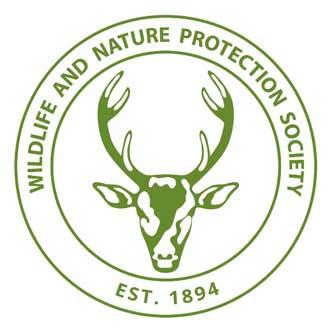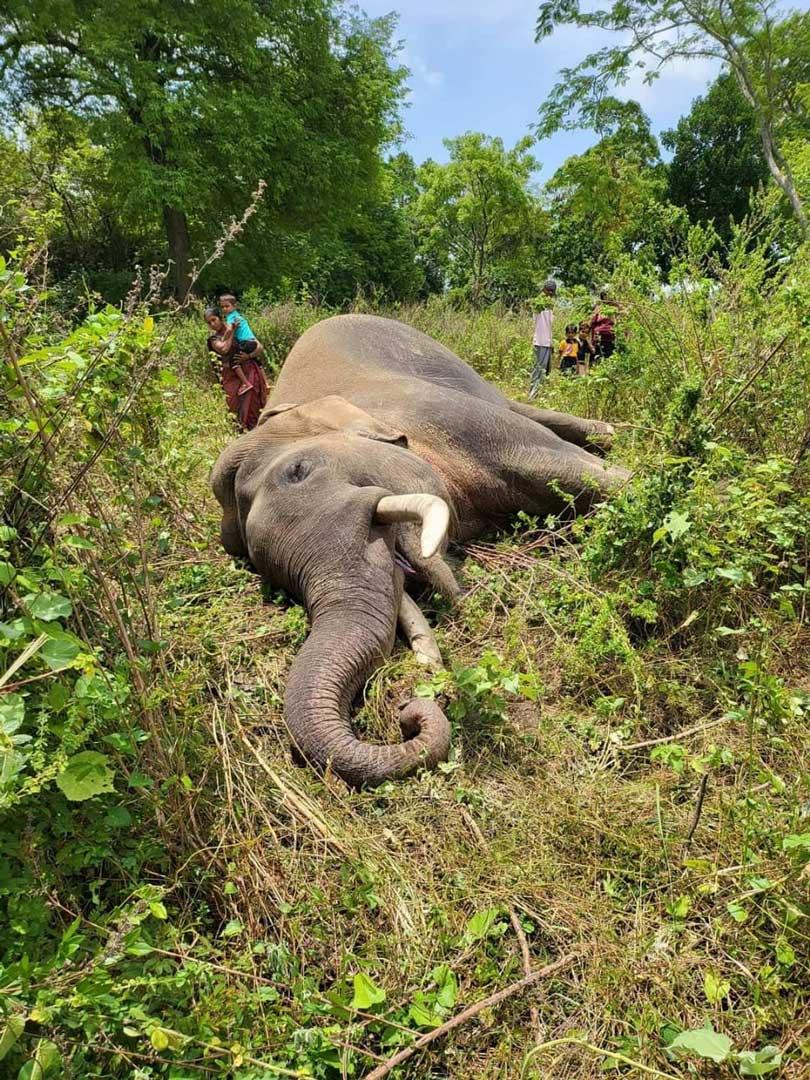Reply To:
Name - Reply Comment

 Sri Lanka is experiencing an alarming rise in human-elephant conflict (HEC), presenting a serious socioeconomic and conservation crisis. The country has the highest annual rate of elephant deaths globally and ranks second in human fatalities due to HEC. This growing issue requires immediate attention and action.
Sri Lanka is experiencing an alarming rise in human-elephant conflict (HEC), presenting a serious socioeconomic and conservation crisis. The country has the highest annual rate of elephant deaths globally and ranks second in human fatalities due to HEC. This growing issue requires immediate attention and action.
The intensity and geographic spread of HEC have expanded significantly over the past decade. While the Northwest region has seen a decrease in conflict, the Eastern and North-Central areas have experienced a marked escalation. Further increases in HEC are expected in these regions. Sri Lanka has one of the highest densities of Asian elephants in the world, living in close proximity to a concentrated human population. This situation contributes to frequent and severe conflicts.
The annual human death toll due to HEC in Sri Lanka stands at 138, making it the second highest in Asia. The country also has the highest per capita mortality rate from HEC globally. Working-age men are disproportionately affected, leading to significant socioeconomic consequences for affected families. There is a higher incidence of male deaths among both elephants and humans. Male elephants are more likely to raid crops, which increases their risk of conflict with humans. A total of 14,516 HEC incidents were recorded in the country during 2010–2019. There were a total of 807 human deaths, 579 human injuries and 10,532 properties damaged by elephants. 2,631 elephants died too.
The highest numbers of human injuries, deaths, and elephant fatalities were reported in the North-Central and Eastern provinces, with the Sabaragamuwa Province showing the lowest figures. The Department of Wildlife Conservation (DWC) is primarily responsible for addressing HEC in Sri Lanka. The frequent changes in administrative boundaries and the need for effective resource allocation across various sectors complicate management efforts. Collaborative action between Wildlife Conservation Authorities and the Development Sector is essential in tackling this growing problem.
Immediate and coordinated efforts are needed to mitigate HEC, protect human lives, and conserve the endangered Asian elephant population. Comprehensive management strategies and resource allocation is crucial in reducing the impact of HEC on both people and wildlife.
From its very inception, in 1874, the Wildlife & Nature Protection Society (WNPS) has recognized the importance of the wild elephant as a Keystone Species; the health of the wilderness and of its other inhabitants depend on them. If the elephant should go instinct, most other creatures will follow suit and the rich biodiversity of this island nation will soon vanish. As per its Constitution, the WNPS must have an HEC Sub-Committee, such is the importance it gives to the protection of this iconic species. The current HEC Subcommittee is focusing on mitigation and conservation in line with the following strategies:
Further details of the above can be viewed on the WNPS website www.wnpssl.org
The above is a mere snapshot of all that the WNPS does, and continues to do with the guidance of science, and the passion and commitment of a dedicated few. If this is to continue, many more are needed to join us, to ensure that generations to come experience, benefit from, and marvel, at the wonder of Sri Lanka’s Elephant. Only then will the future be better, for us all.
